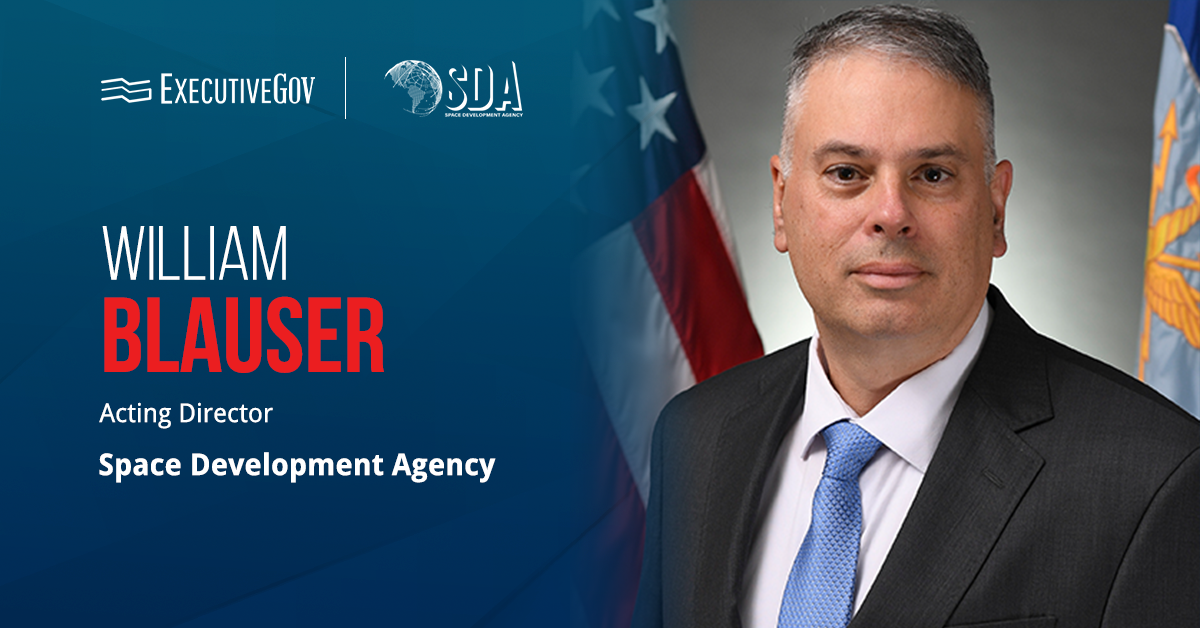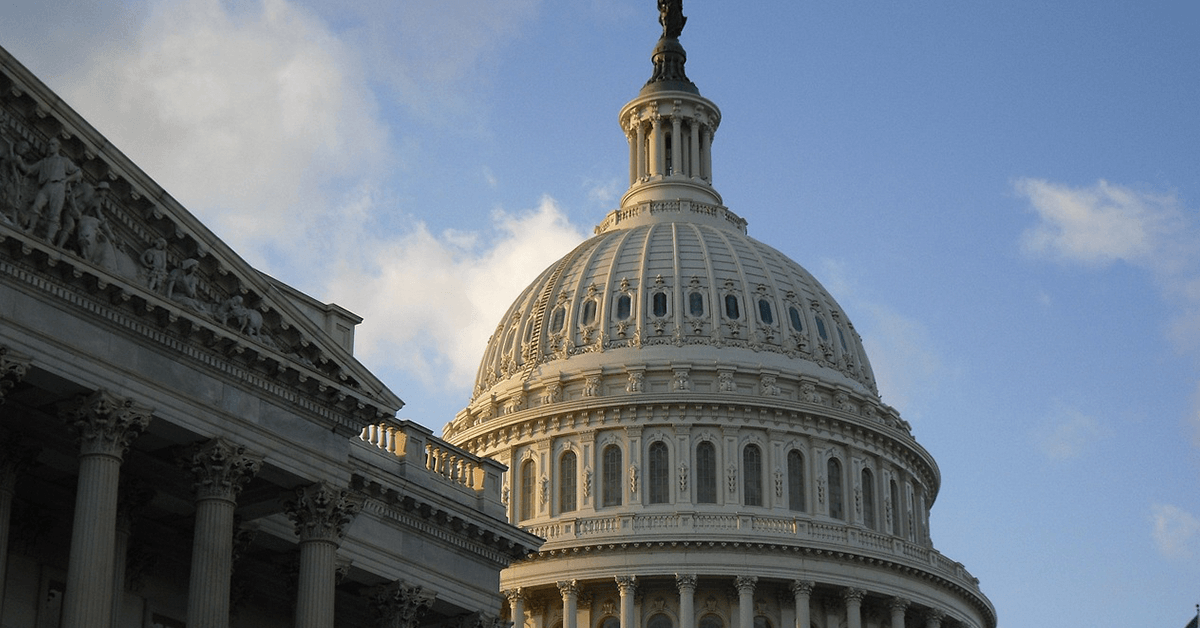The National Science Foundation has solicited feedback from the public on the development of an action plan that will outline the priority policy actions needed to sustain and improve U.S. dominance in artificial intelligence.
According to a request for information published Thursday in the Federal Register, public comments are due March 15.
The U.S. government expects the AI action plan to help ensure that burdensome requirements do not hinder AI innovation in the private sector.
Table of Contents
New Executive Order
In late January, President Donald Trump signed an executive order that directs the development of an AI action plan as part of efforts to retain U.S. leadership in AI and improve the country’s economic and national security.
The new policy also revokes existing AI directives and policies that were seen to hamper the country’s AI innovation.
Relevant AI Policy Topics
According to the RFI, responses can address AI-related policy topics, including data centers, hardware and chips, energy consumption and efficiency, open source development, model development, explainability and assurance of AI model outputs and cybersecurity.
The Office of Science and Technology Policy is also interested in submissions that tackle data privacy and security throughout the lifecycle of AI system development and deployment; technical and safety standards; national security and defense; research and development; risks, regulation and governance; education and workforce; innovation and competition; intellectual property; procurement; export controls; and international collaboration.
Interested stakeholders could also suggest concrete AI policy actions to help address the topics raised.
Join the Potomac Officers Club’s 2025 Artificial Intelligence Summit on March 20! Register now to hear more about cutting-edge AI innovations from industry and government experts.













